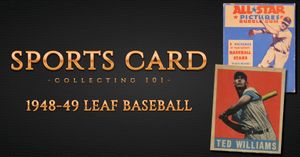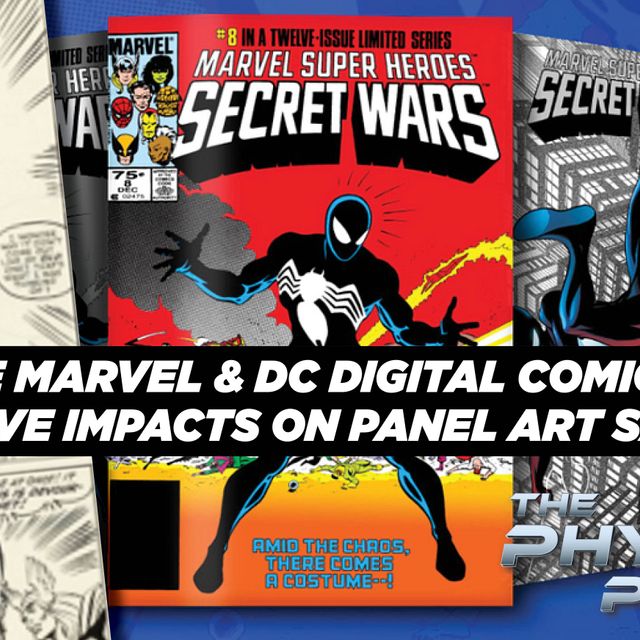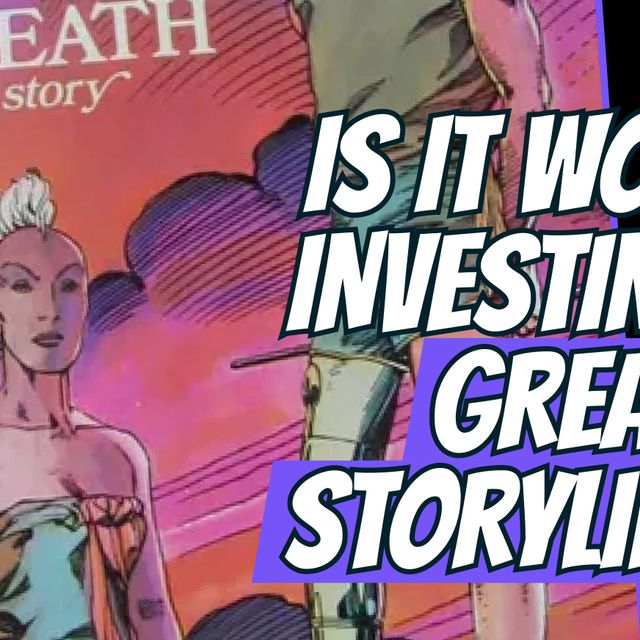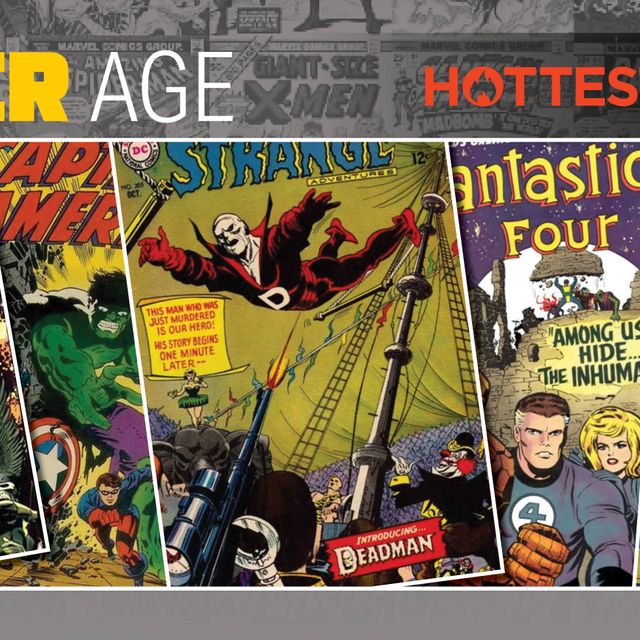
This Set Demands Your Attention!
 Easily one of my favorite card designs, the 1948 Leaf Baseball set has a retro look to them. The pictures and background remind me of an Andy Warhol painting and I wonder if the design of these sets inspired Warhol or Leroy Neiman.
Easily one of my favorite card designs, the 1948 Leaf Baseball set has a retro look to them. The pictures and background remind me of an Andy Warhol painting and I wonder if the design of these sets inspired Warhol or Leroy Neiman.
The checklist is absolutely loaded with notable rookie cards and Hall of Farmers and it continues the tradition started by Goudey back in 1933 of providing the cards in packs with bubble gum. Just like the other sets mentioned in our “class,” the 1948-49 Leaf set is prone to counterfeiting. The set has short prints and is also hard to find in high-grade form.
So, what is the best approach and players to nab from this great set?
The Rookie Card Class In This Set is Fantastic!
 The rookie cards in this set are virtual “who’s who” of great baseball legends and high-grade copies of them sell in the tens of thousands of dollars. The Jackie Robinson pictured here as a 5 sells for $30,000.
The rookie cards in this set are virtual “who’s who” of great baseball legends and high-grade copies of them sell in the tens of thousands of dollars. The Jackie Robinson pictured here as a 5 sells for $30,000.
What is historically notable about this set is that it is the first baseball card set to release after the integration of Major League Baseball. This set has rookie cards of Jackie Robinson, Satchel Page, and Larry Dolby.
Other notable rookie cards include Stan Musial, Phil Rizzutto, Johnny Mize, Dom Dimaggio, Ralph Kiner, Bob Feller, and Enos Slaughter. Hall of Fame Players Warren Spahn, Joe Dimaggio, Ted Williams, Babe Ruth, and Honus Wagner are in this set. This is just a taste of the type of players and rookie cards available in this set.
Produced Over Two Years, Singles Can Be Found, But They're Expensive!

In production for two years, the 1948-49 Leaf singles are more readily available than other subjects in this class. It is the first significant post World War II set to be produced. During WWII, many cards were burned (along with comics sadly) to keep homes warm. So, the collective lost many of these great collectibles due to wartime, but the Leaf set did not experience such a problem. As a result, you can find them and turn a nice profit.
Like other sets from this course, counterfeiting is a problem. Since the early 2000s technology has evolved so that baseball cards can be duplicated, one at a time, at home. A real card can be scanned and reprinted and chemical agents can be applied to artificially age the cardboard. What can’t be reproduced is the card stock and the primitive pigmentation of colors. Your ever hand, dandy Jeweler’s loupe will come in handy here. By now it has saved you thousands of dollars in fake baseball cards, so it should be placed in a reverent place in your collection!
Under the loupe, you can see patterns in printing. The 1948-49 cards will have no pattern to printing under your loop! Ink will be solid on a real copy, a forgery will have a pattern. By now you are also handling baseball cards. The more you handle this set, the more your brain will immediately tell you that you are holding a forgery. The feel of modern cardstock will be much lighter. Counterfeiters can’t get the weight of the cardboard from this set correctly.
What's The Best Way To Invest In This Set?
I do well when I buy large lots of this series. Collectors are always looking for short prints, and they are always swapping out their singles for higher grades after they built their sets. The Hall of Famers are cheaper that way too. The rookie cards are what they are, very expensive investments. However, each quarter the graded versions of these rookie cards have increased in value so what you pay for them in May will surely bring a profit when you sell them in January.
The cards are really hard to find in proper centering. It is just a byproduct of the machine cutting of the sheets during the time period. So, nicely centered versions of these cards will come at a premium unless you win a large lot of them at an estate auction and they are part of the singles you purchase.
Overall, of the four sets under consideration, this is my favorite. It is also one of the few sets where I can purchase just about any card in any condition and find a buyer for it. I think a lot of collectors put this set together and then upgrade.



